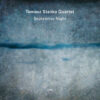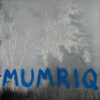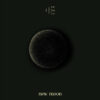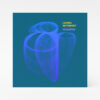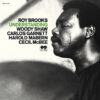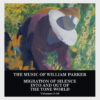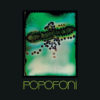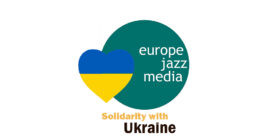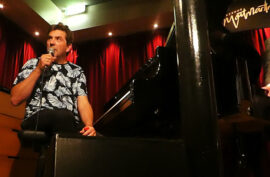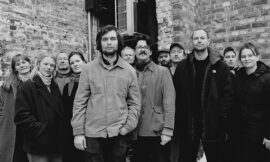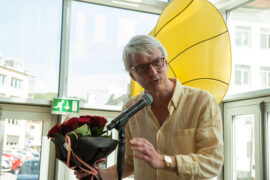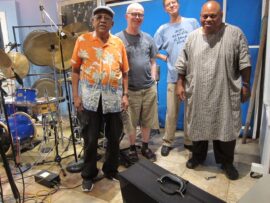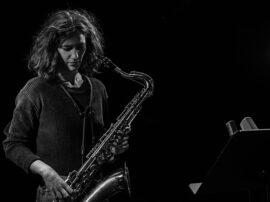
Reconfiguring the Landscape was an artistic research project of British, Oslo-based composer and sound artist Natasha Barett investigating how 3D electroacoustic composition and sound art can evoke and provoke a new awareness of our outdoor sound environment. This project focused on sound, space, time and the utility of outdoor areas, and its ideas were tested in a series of site-specific, outdoor sound installations during a three-year period.
The five pieces on the album Reconfiguring the Landscape are remixes of three installations and one two-part work that hovers in between installation and a concert format. They are composed of installation materials and unmodified site-specific recordings, and intend to capture the immersive personal listening experience of ‘being there’, as Barett was always preoccupied with the idea of tangibility. «Sound is invisible, but we can do things that make you want to reach out and touch it», she says. «In an era of urbanization, exploring ways to maneuver our listening to be interested in the everyday outdoor soundscape can enhance wellbeing, especially where noise abatement has limited effect».
«Impossible Moments from Venice 1 & 2» (2023), that opens and closes the album, captures the ambiance of the Italian city outside the peak tourist season, from the sound of wooden window shutters opening in the morning, floating iron piers, vaporetti (water buses) and gondolas, the outdoor city squares, a fishmonger and church bells, and it ends with a fortuitous recording exemplifying the clash of cultures living side-by-side in this city. «Speaking Spaces 2: Surfaces from Graz» (2021) is from an installation played over an 8-channel loudspeaker array that defined the public listening zone, and focused sound beams in any desired direction. When aimed toward surfaces, we hear the reflection of the sound colored by the materials and geometry of the surfaces, indoors and outdoors of the Austrian city.
«Presence / Nærvær» (2022) was located in the courtyard outside the Resistance Museum at Oslo’s Akershus Fortress. The work was created only from sounds that were within earshot of the site during a 6-month period and included the ambient sounds of boat horns, hourly chimes and a carillon from the town hall, footsteps, birds, voices of tourists, Norwegian 17th May marching bands, sounds of cruise ships idling, squeaks from ship maintenance and loading, construction work and the hum of the city. «Remote Sensing on the Beach» (Sansing i Strandsona) (2020) was created on a small sandy bay on the east side of the inner Oslo Fjord on the outskirts of Oslo, called Hvervenbukta. The installation was set up inside a beach pavilion dating from 1765, and it uses winter, spring and early summer recordings in an attempt to sonify (turning non-musical data into sound) high-resolution landscape topography in 3D sound. Besides wildlife and people, there are the distant drones of boats resonating across the waters and winter ice layers clinking as the waves roll onto the shore.
It is a unique and thoughtful, seductive and provocative work.
Eyal Hareuveni
Natasha Barett (3-D electroacoustic composition, sound-art)


